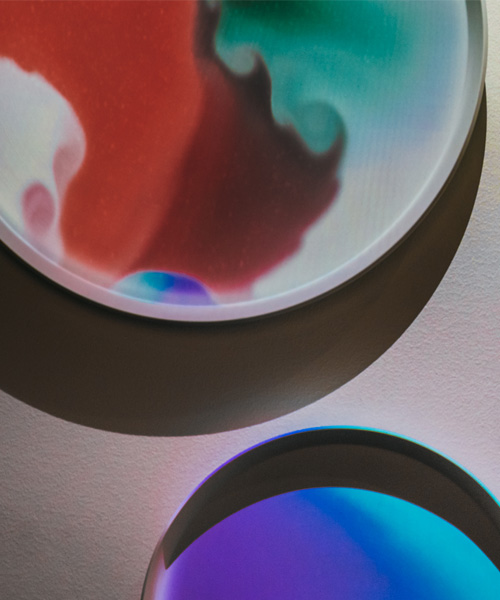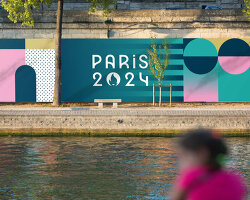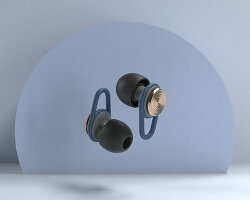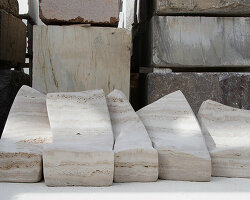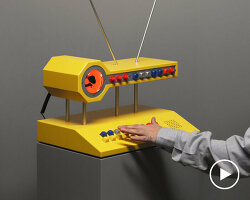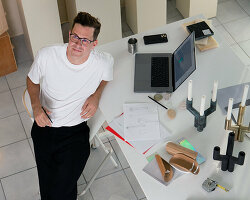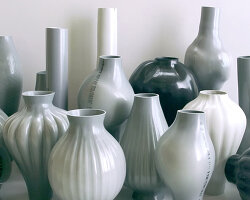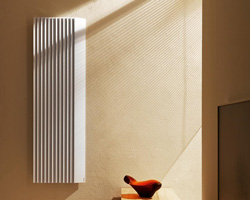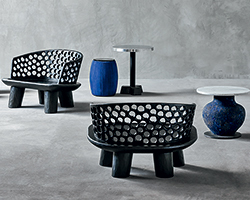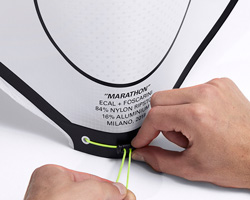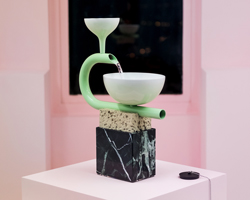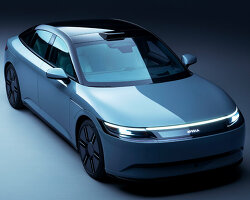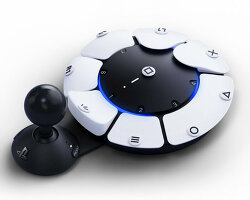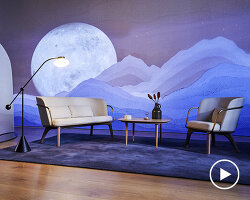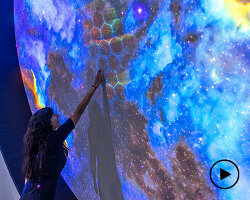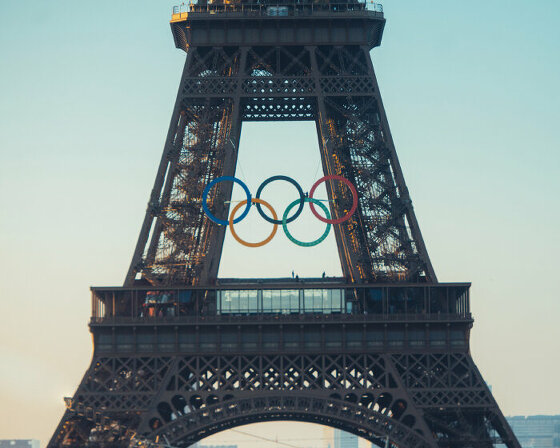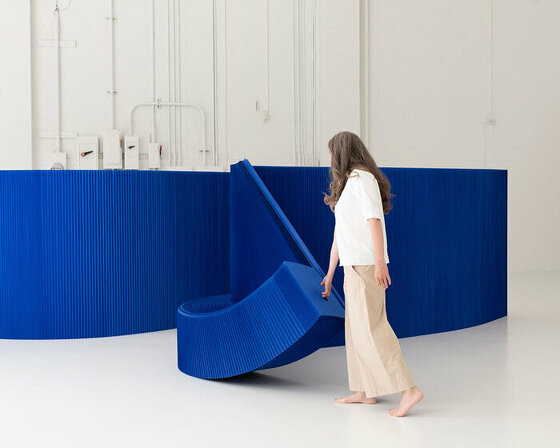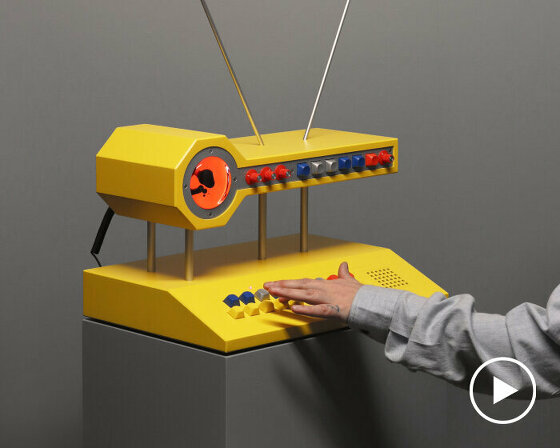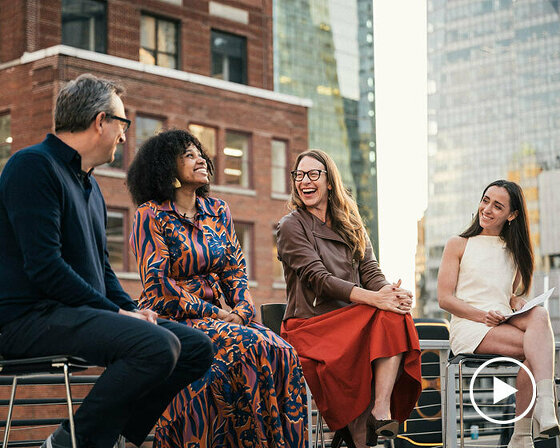fascinating visitors at milan design week 2018 in a spellbinding sensorial experience, the sony ‘hidden senses’ exhibition explores the subtle relation between technology and human behaviour in a vision depicting an enriched future of everyday life. focusing on human senses, guests explore five highly attuned contextual spaces that inhabit familiar objects. as the experience builds from one area to another, they witness the incredible and much richer opportunities that sony’s design team are able to integrate, un-intrusively, with technology into a familiar living context.
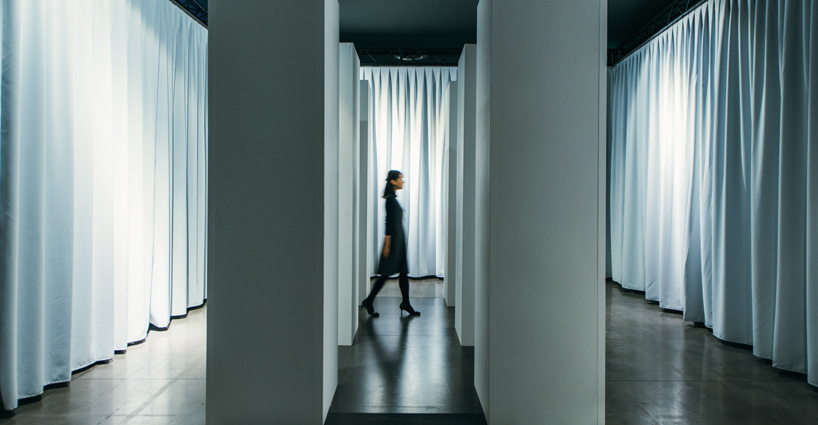
from sound to tactility, the sony ‘hidden senses’ exhibition smoothly blends technology into familiar objects that wows and enhances, without intimidating or confusing. the elements, which are showcased in a specific case study area, add functional value in a way much more than just styling or shaping. technology helps gradually transform everyday objects into intuitive, helpful and more emotional product interactions. in terms of traditional furnishing items, they turn the ordinary into the extraordinary.
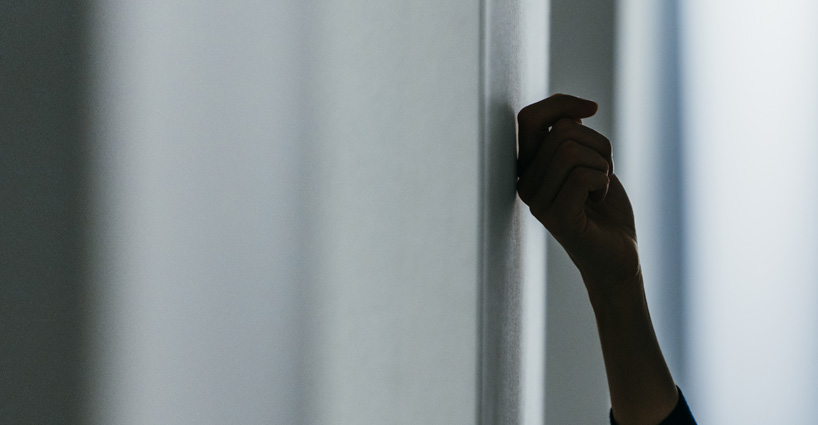
at the space, which is open throughout milan design week 2018 from april 17 to 22, designboom interviewed yutaka hasegawa, VP of sony design, and hirotaka tako, chief art director at sony creative centre. after experiencing the senses ourselves, we discussed how integral design is to the brand, how the installation highlights a focus on the interactions between human behaviour and objects, and also the specific technologies that customers may personally experience in their living spaces in the near future.
DB: first of all, could you both outline your roles at sony?
yutaka hasegawa (YH): I am the VP of sony design, so mainly in charge of the product, branding, interaction, user interface, and spacial design. sony designs for so many categories, even expanding from financial to entertainment, and we are supporting all of this.
hirotaka tako (HT): I am chief art director at sony creative centre. I am taking care of the home category, including TVs, home theaters, projectors, and also I started the project based on smart home proposals. that is my key role, whilst I like designing furniture. I also learnt about space and environment design at university, so that is why I am so passionate about living spaces.
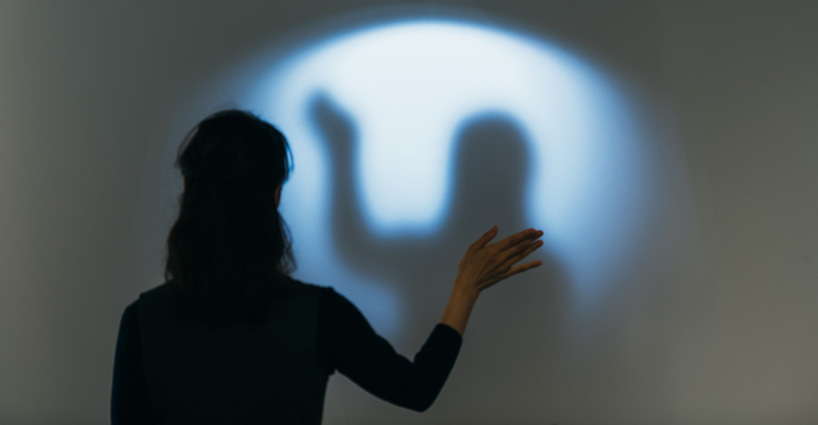
DB: design has always been an important part of the brand, what characteristics define sony’s design DNA?
HT: every sony member believes that design is one of the strongest aspects of the sony brand. we are expanding our boundaries to more engineering, storytelling and brand development. I think that design is more than just shape, line and color or material. sometimes it is really hard to communicate the benefit of technology because it is always digital. the function is necessary but we need to convey the beauty to the customer by showing the importance and how it enriches the everyday life. this approach is most important for our design. this is why we have been able to create the ‘hidden senses’ installation.
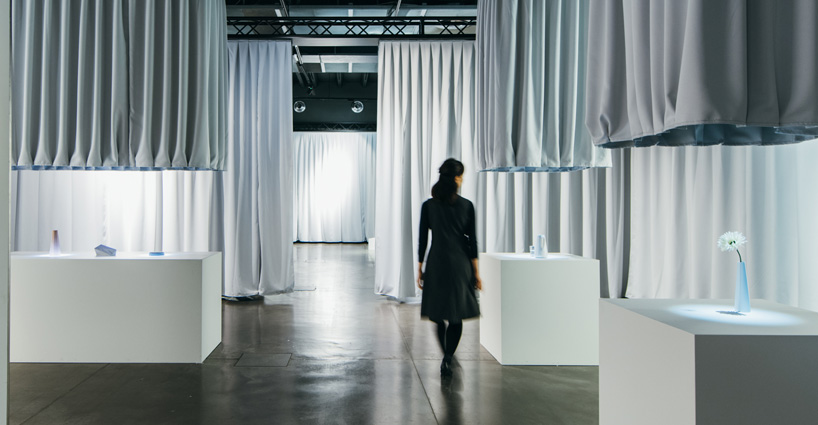
DB: what is the ‘perceptual experience project’ and how does it connect to the ‘hidden senses’ exhibition?
YH: ‘perceptual experience project’ is an overall directive to challenge sony design to stimulate shifts in perception through design and technology. ‘hidden senses’ is part of this in which we further develop design-driven concepts through research and open innovation visualising future experiences.
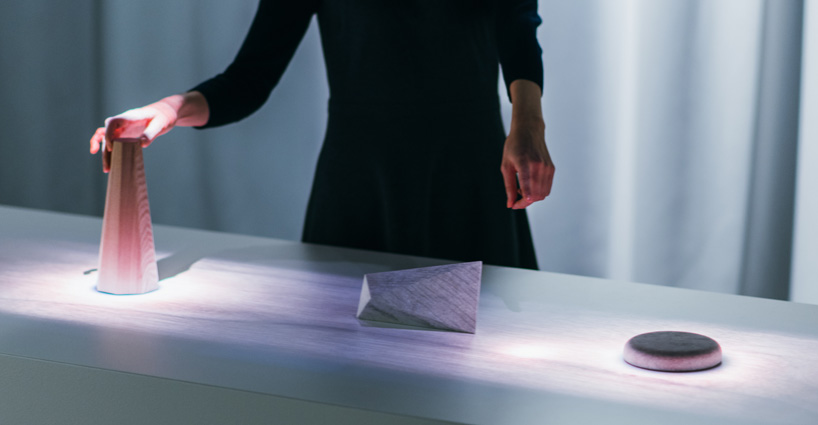
DB: can you introduce what ‘hidden senses’ is and intends to showcase?
HT: ‘hidden senses’ is to showcase a ‘brand new everyday’ by transforming the ordinary to extraordinary. we are designing the experience, which happens by interactions between human behaviour and objects. we need to merge everything to show our lives; we have objects, we have spaces, we have human behaviour, we have habit, and then we have technology. we really wanted to present our technologies, objects and context by one simple solution. the show explains all these components step by step, and finally, visitors are able to understand what we want to do through a living space that truly integrates it all.
YH: internally, we have been developing and designing some of these design prototypes for over five years now. previously, we have just been working on the aesthetic design but as technology is getting highly important and advancing quickly, we think about how users interact with products much more today. we constantly strive to translate the most newest technology to be understandable for the user, creating a more interactive experience is key for sony. this is why we are trying to make exhibitions like ‘hidden senses’ that are experiences about interactions and not just products.
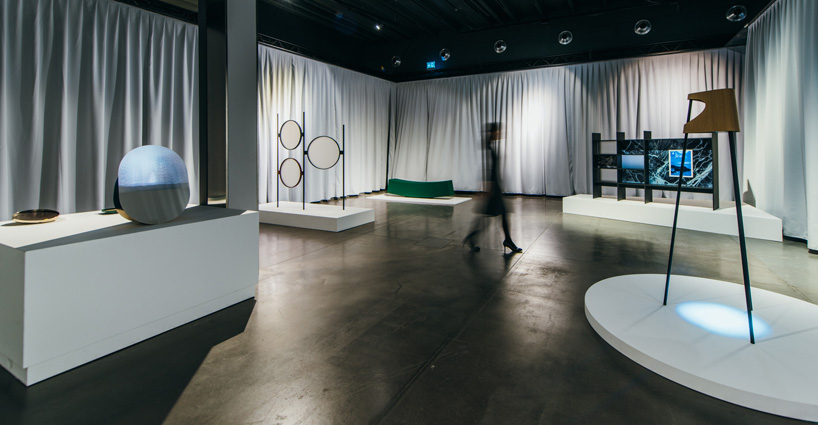
DB: the exhibition is composed of five case study areas, what are these and what different scenarios do they depict?
HT: the exhibition is composed of five case study rooms. as you journey through each case study, ‘hidden senses’ will be gradually revealed; from conceptual interaction into examples of contextual application. as we learn to understand the actions first, which takes on very simple, everyday tasks as that is pure interaction. we then looked further at elements such as sound for the first case study. afterwards, we added visual aspects on top so that there is more detail to the experience, like movement, color and communication. case study number three is about tactility, which offers an even richer experience with more feedback. in the end, we have a form with every sense involved. finally, it is the living space that combines all these building steps. each room involves a different design skill, such as a graphic, interaction, product and space designers.
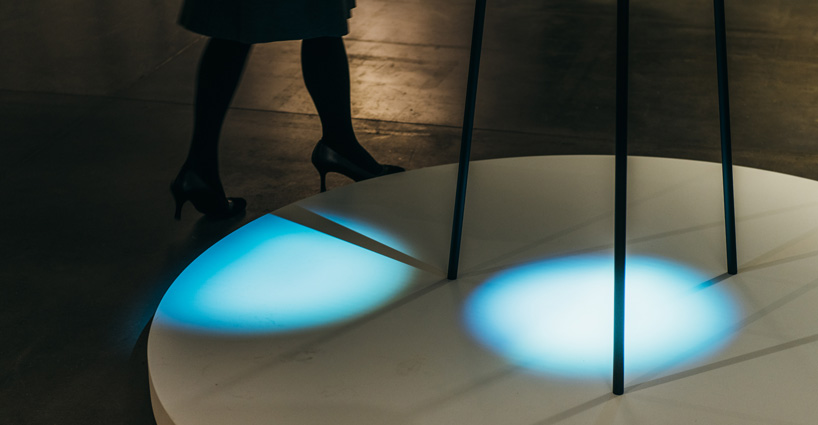
DB: the final area envisions a new and unique living space scenario by sony. do you imagine that this is what living spaces may look like in the near future or is it solely to show the reachable possibilities that sony can create?
YH: we are showing the reachable possibilities that sony can create. we could present these experiences to potential customers, but we need to gauge the visitor reaction. what you see at the exhibition is currently just prototypes but it shows that the technology is already here.
HT: as you can see, this is all happening right now with the technology, so theoretically it is possible to make it real. however, as it is a design concept, many processes still need to be done.
YH: spiritually,there should be no boundaries between the ordinary and extra-ordinary. it is a blurred experience between the unconscious and the conscious. for the future, this should all be more linear. users want to feel the ‘wow’ feeling so everything needs to link.
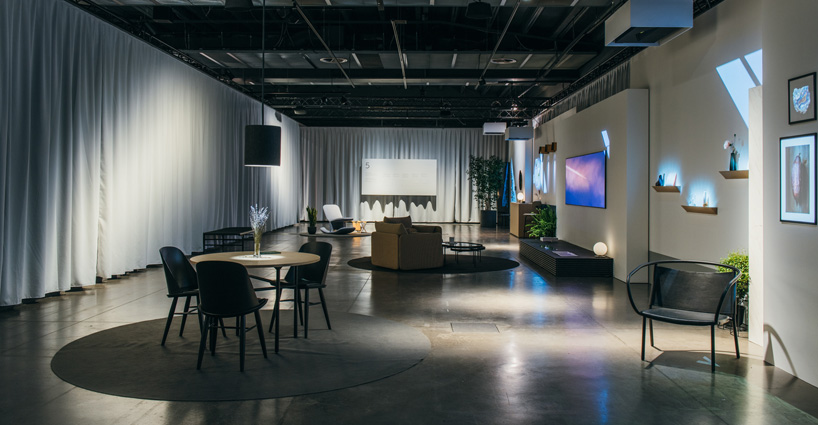
DB: the interactions with the technology seems so intuitive. was it a focus for sony to make everything so understandable for visitors?
HT: making everything clearly understandable to the visitors was the most important part when we were designing the interactions. ideally each case study should be self-explanatory. they are everyday objects so we set out to make the technology essential and simple to reach a wider audience. by making emotional interaction prototypes, we need to see, look and learn how people react and what kind of experience they have with objects, even their habits.
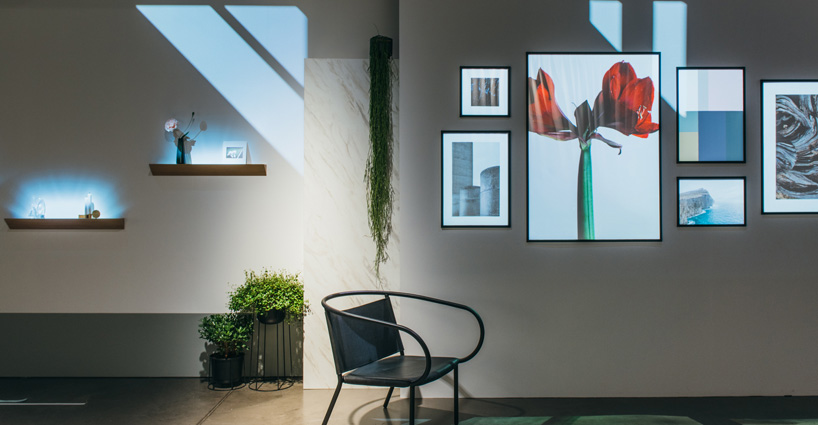
DB: how important is it for sony to engage with the public at design events such as this?
HT: the interaction process needs to be embedded with public engagement. new forms of interaction design has so much potential as a brand.
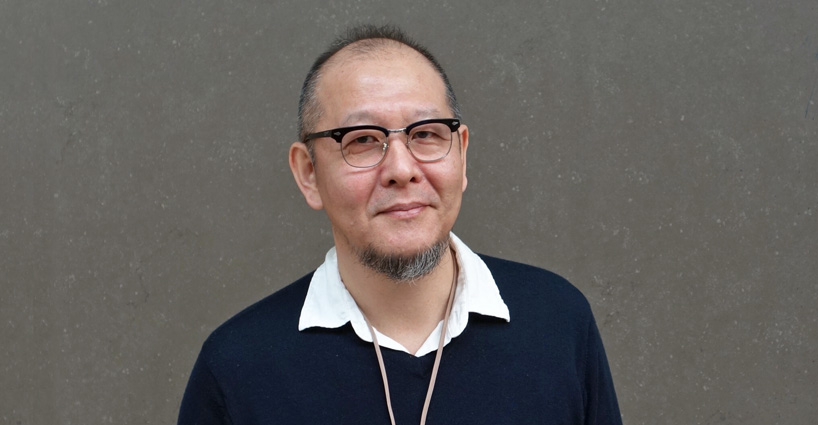
yutaka hasegawa, VP of sony design
DB: how do you imagine guests will leave the exhibition? what will they have hopefully experienced and be thinking of?
YH: we hope to break the preconceptions in the communication between the product and user by improving people’s emotional feeling to products. forget IoT, it should be IoE for emotions. ‘hidden senses’ shifts the focus of design and technology to the experience. we are always thinking about the user, and with this installation, we wish to reach far deeper.
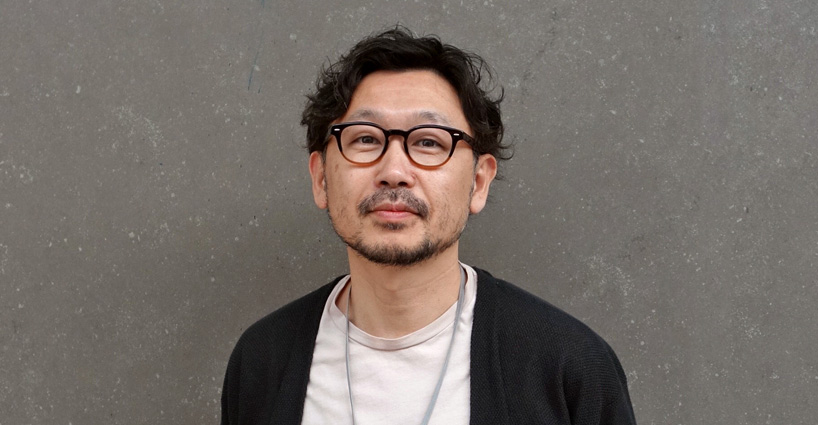
hirotaka tako, chief art director at sony creative centre
design interviews (58)
milan design week 2018 (143)
sony (64)
PRODUCT LIBRARY
a diverse digital database that acts as a valuable guide in gaining insight and information about a product directly from the manufacturer, and serves as a rich reference point in developing a project or scheme.
